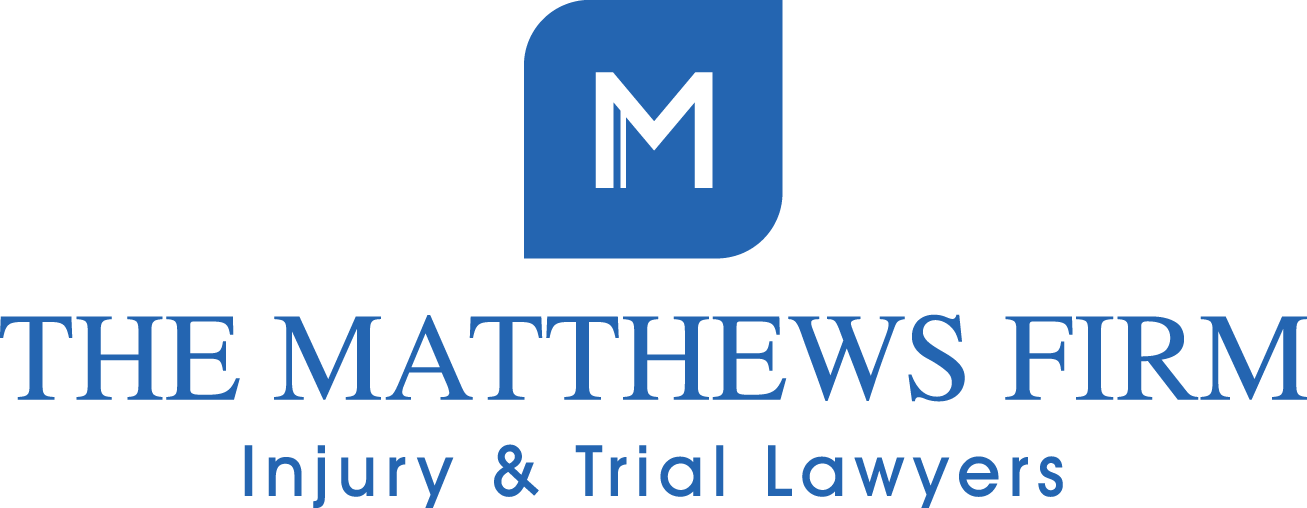While cases involving dangerous drugs and defective medical devices are technically considered products liability cases, they are usually handled differently than a typical products liability case because there are usually hundreds if not thousands of people across the country with similar claims. In recent years, medical device litigation has involved metal-on-metal hip and knee implants, IVC heart filters, and surgical mesh and bladder slings. Some of the unsafe drug litigation in recent times has involved Actos, Pradaxa, Xarelto, as well as talcum powder products.
Every year the U.S. Food and Drug Administration approves new drugs for the U.S. market. These drugs are created and sold by large corporations that are primarily focused on maximizing profits for their shareholders. Most of the time, today’s drugs and medical devices work as advertised and have manageable side effects. However, sometimes there are additional side effects that aren’t included in the manufacturer’s warnings and instructions, despite company testing and research showing the risks involved. Many times, if a drug or other consumer product is defective, a recall campaign will be brought by the manufacturer or a warning statement will be issued by the Food and Drug Administration (“FDA”). The FDA’s recall website can be viewed here.
How do these cases usually work?
When it’s discovered that a dangerous drug or device is on the market or that a drug is causing serious side effects that the manufacturer failed to include in their warnings, there will typically be many people affected by the drug or device. In the case where a defective medical device or drug harms a large number of people, hundreds or even thousands of lawsuits will be filed against the device or drug maker. The majority of these cases will typically be grouped together in what’s called a Multidistrict Litigation or MDL. When an MDL is established, the individual cases are transferred to one U.S. District Court somewhere in the U.S. where pretrial discovery will take place. Typically, several test cases will be selected from the MDL to go to trial in order to give the parties an idea of what could happen in the other cases and place a settlement valuation on the remainder of the cases. These test cases that go to trial are called “Bellwhether Trials.” Litigating a dangerous drug or defective medical device can be very complex and expensive, even when an MDL is established. It will require knowledge and experience in products liability laws and the use of experts. If an MDL has been established, a lawyer with experience in handling cases in an MDL is important, and the lawyer must have the ability to withstand the years of litigation these cases typically demand. Even when an MDL is established, there is no guarantee that the cases will be settled. In the event a settlement is not reached, the individual cases will be transferred back to their home state for trial. When that happens, you will need a team with trial experience.
Given the procedures for expedited FDA approval and the demand for new and improved medications and medical devices, this area of the law will likely continue to grow in the future.
If you or your family have been harmed by a dangerous drug or medical device, call our firm for free review and consultation. We have experience handling defective medical devices, such as metal-on-metal hip and knee implants, as well as dangerous drugs.


